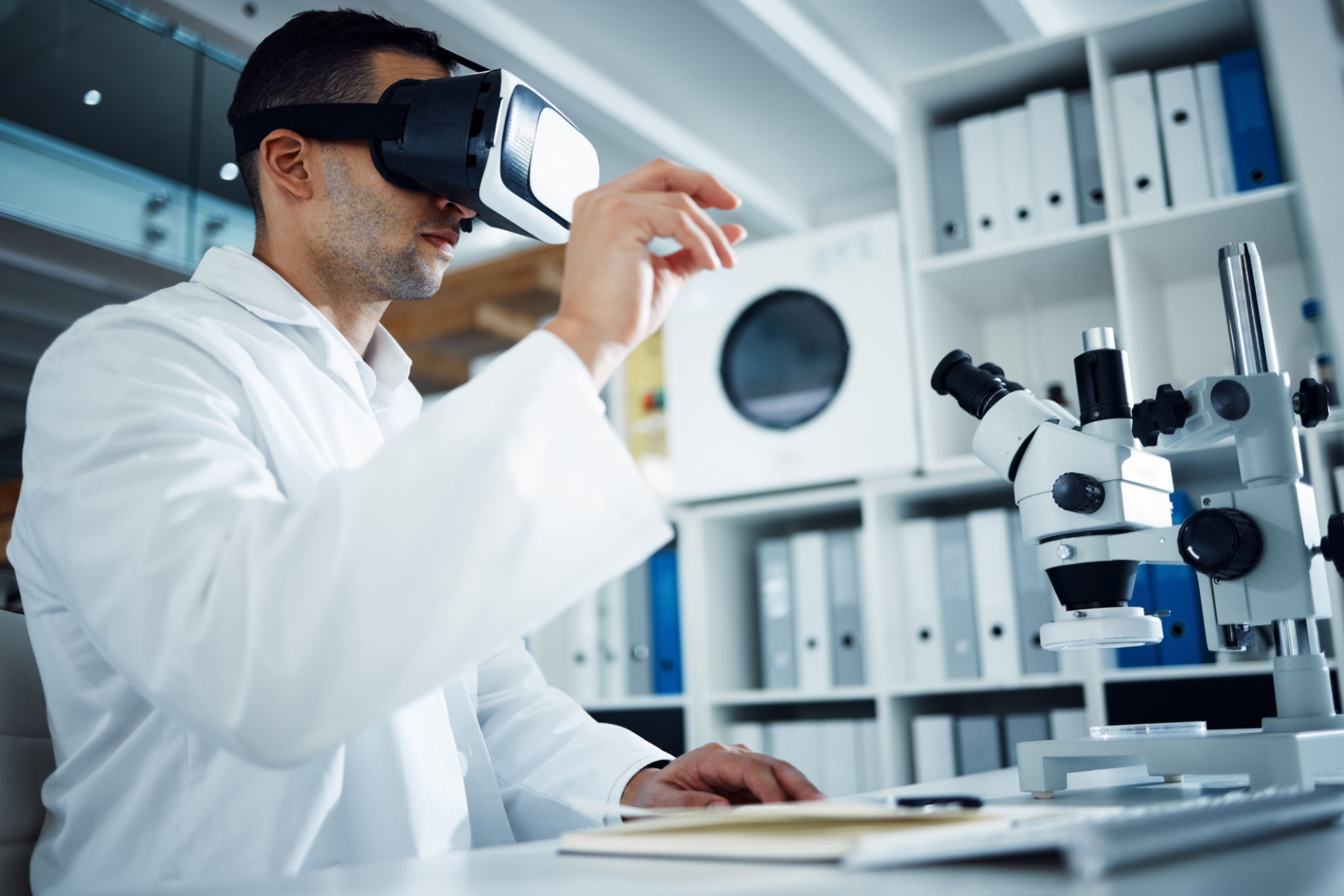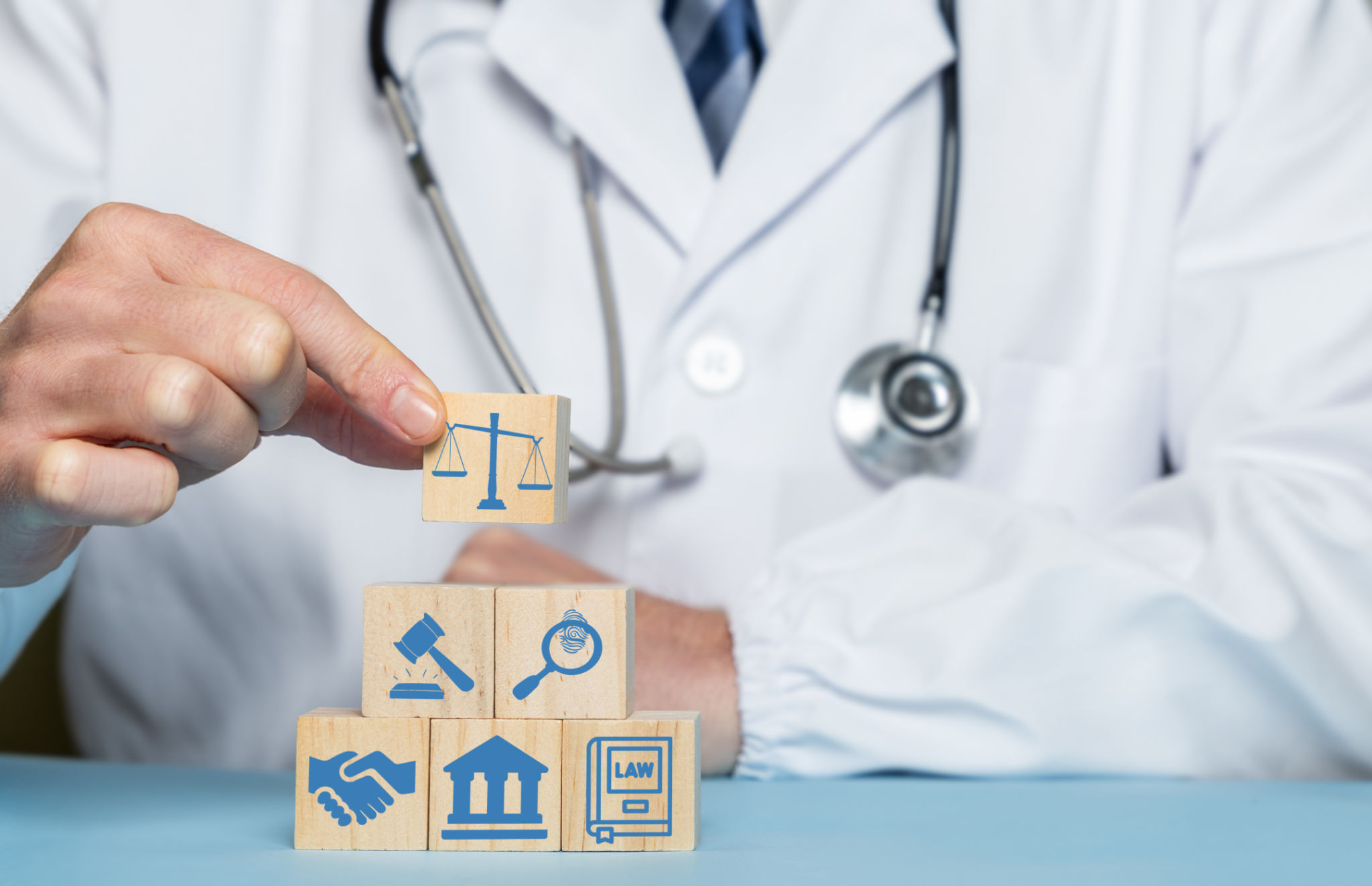The Future of Specialty Medical Devices: Trends and Innovations
Introduction to Specialty Medical Devices
The landscape of specialty medical devices is evolving at a rapid pace. As technology continues to advance, the medical field is witnessing an influx of innovative devices designed to diagnose, monitor, and treat a variety of health conditions with greater precision and efficiency than ever before. These advancements not only enhance patient outcomes but also streamline healthcare processes, making them more cost-effective and accessible.
Emerging Trends in Medical Devices
One of the most significant trends in the specialty medical device industry is the integration of artificial intelligence (AI). AI is powering a new wave of diagnostic tools that can analyze complex datasets to identify patterns and predict patient outcomes with remarkable accuracy. This technology is particularly useful in imaging devices, where AI algorithms can assist radiologists in detecting anomalies that might be missed by the human eye.
Another trend is the miniaturization of devices. As components become smaller yet more powerful, we are seeing the development of portable and wearable medical devices that provide continuous monitoring of vital signs. These devices enable real-time health tracking and offer patients the convenience of managing their health from anywhere.

Innovations in Patient Monitoring
Patient monitoring is becoming increasingly sophisticated with the advent of remote monitoring systems. These systems use sensors and connectivity to transmit patient data directly to healthcare providers. This approach reduces the need for hospital visits and allows for timely interventions in case of any abnormalities. Moreover, by leveraging cloud technology, medical professionals can access patient data securely from any location.
Additionally, there is a growing interest in implantable devices that offer more personalized forms of treatment. These implants can deliver medication directly to the targeted area, ensuring that patients receive the optimal dosage without systemic side effects. This innovation is especially beneficial for chronic conditions such as diabetes or heart disease.
The Role of 3D Printing
The use of 3D printing in medical device manufacturing is revolutionizing the way these devices are produced. Customization is one of the primary benefits of 3D printing, allowing for tailor-made solutions that fit individual patients' anatomical requirements. This is particularly advantageous in orthopedics, where personalized implants and prosthetics can significantly improve patient comfort and mobility.

Moreover, 3D printing reduces production time and costs, enabling faster prototyping and iteration. This accelerates the development cycle for new medical devices, bringing innovations to market more swiftly.
Regulatory Considerations and Challenges
As the medical device industry evolves, regulatory bodies are tasked with ensuring that these innovations meet safety and efficacy standards. The introduction of new technologies presents unique challenges in terms of regulatory approval processes. Manufacturers must navigate complex regulations to bring their products to market, which can impact innovation timelines.
To address these challenges, there is a push towards harmonizing global regulatory standards. This would streamline the approval process and allow for a quicker introduction of life-saving devices across different regions.

The Future Outlook
The future of specialty medical devices holds immense promise. With continuous advancements in technology, we can expect even more groundbreaking innovations that will redefine healthcare delivery. The integration of AI, IoT, and other cutting-edge technologies will lead to smarter, more efficient devices that not only improve patient care but also enhance the overall healthcare experience.
As we look ahead, collaboration among tech companies, healthcare providers, and regulatory bodies will be crucial in fostering an environment where innovation thrives. Together, they can overcome existing barriers and pave the way for the next generation of medical devices that will transform the way we approach health and wellness.
